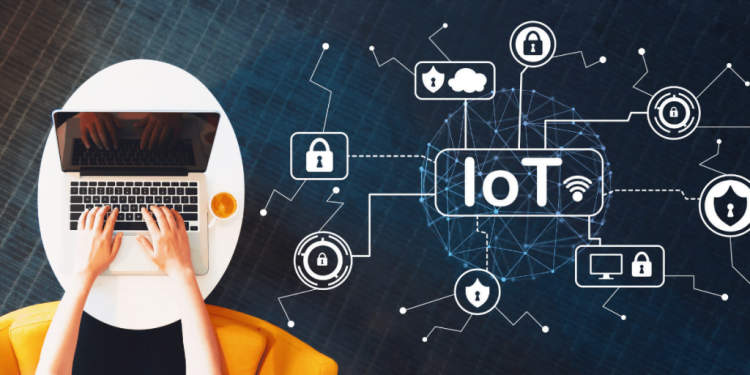The Internet of Things (IoT) refers to the network of physical objects embedded with sensors, software, and other technologies that enable them to connect and exchange data with one another through the internet.
From everyday devices like smartphones and smartwatches to more complex systems such as industrial machinery and smart homes, the IoT is revolutionizing the way we live and work by enabling seamless communication and automation. This article explores the concept of IoT and its potential impact on various industries and aspects of our lives.
Definition of the Internet of Things (IoT)
The Internet of Things, commonly referred to as IoT, is the network of physical objects or “things” embedded with sensors, software, and other technologies to connect and exchange data with other devices and systems over the internet. These objects can range from everyday household items, such as refrigerators, thermostats, and light bulbs, to complex industrial machinery, vehicles, and even buildings.
The IoT allows these objects to collect and share data, enabling them to interact with each other and with humans in ways that were previously unimaginable. By connecting physical devices and enabling them to communicate and perform tasks autonomously or under human control, the IoT has the potential to transform various industries and aspects of our daily lives, leading to increased efficiency, productivity, and convenience.
The concept of the Internet of Things is founded on the idea that objects, once equipped with connectivity capabilities, can become more than just standalone entities. They can become part of a larger system that enhances their functionality, enables real-time monitoring and control, and facilitates intelligent decision-making based on data analysis.
As the technology continues to evolve, the Internet of Things is becoming increasingly prevalent in various sectors, including healthcare, transportation, manufacturing, agriculture, and smart cities. The potential applications of IoT are vast and continue to expand, offering a promising future where interconnected devices and systems work together seamlessly to improve our quality of life.
Applications and Examples of IoT Technology

The Internet of Things (IoT) has revolutionized various industries by enabling connectivity between physical devices and the internet. This interconnectivity opens up countless possibilities for improving efficiencies, enhancing convenience, and creating innovative solutions. Here, we explore some of the exciting applications and examples of IoT technology:
1. Smart Home Automation
The IoT has transformed homes into smart, interconnected environments where devices and appliances can be controlled remotely. With IoT-enabled devices such as smart thermostats, security systems, and lighting controls, homeowners can manage their home’s energy usage, security, and comfort with ease.
2. Industrial IoT
In the industrial sector, IoT technology has brought forth the concept of Industry 4.0, where automation, data exchange, and real-time analytics are integrated into manufacturing processes. Industrial IoT enables predictive maintenance, process optimization, and efficient supply chain management, resulting in increased productivity and cost savings.
3. Healthcare Monitoring
IoT devices are revolutionizing healthcare by allowing for remote monitoring and providing real-time feedback on patients’ vital signs. Wearable devices, such as smartwatches and fitness trackers, collect health data and transmit it to healthcare professionals, enabling proactive and personalized care.
4. Smart Cities
IoT technology plays a crucial role in creating smart cities by connecting various infrastructure components and improving efficiency in energy, transportation, and waste management. Smart streetlights, traffic management systems, and waste monitoring sensors are just a few examples of how IoT is transforming urban environments.
5. Agriculture and Farming
The IoT has found its way into agriculture and farming, allowing farmers to monitor and manage crops, livestock, and environmental conditions with precision. IoT-based sensors provide real-time data on soil moisture, weather patterns, and crop health, enabling farmers to optimize irrigation, reduce waste, and increase yields.
These are just a few examples of the diverse applications of IoT technology. The constant evolution of IoT has the potential to reshape industries, improve quality of life, and create opportunities for innovation in countless areas.
Conclusion
The Internet of Things (IoT) is a revolutionary concept that has transformed the way we live and interact with technology. With the ability to connect everyday objects to the internet, the IoT has opened up a world of possibilities and opportunities.
Through the IoT, we have seen the emergence of smart homes, connected cars, and wearable devices that have made our lives more convenient and efficient. From controlling home appliances with our smartphones to monitoring our health and fitness levels with smartwatches, the IoT has truly made our lives more connected and integrated.

0 Komentar untuk "What Is the Internet of Things (IoT)?"